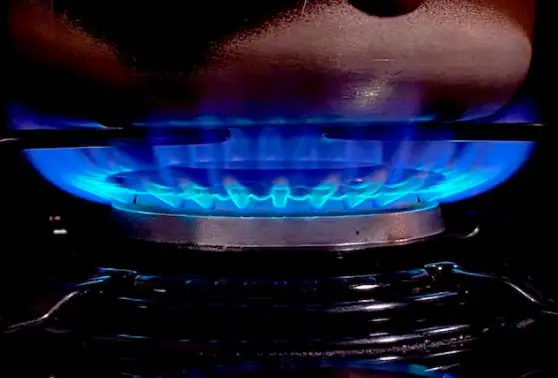In Europe, gas prices continue to rise as heatwaves sweep across the continent, and gas shortages arise as nations desperately try to outbid each other to try to fill up reserves, with winter fast approaching.
In just three days, Europe’s benchmark gas prices jumped 14%, hitting a new record high, and continuing a weeks-long upward trend. Gas demand for electricity generation skyrocketed as temperatures rose due to a heatwave that blanketed Europe. Meanwhile gas flows from Russia remained constrained, as Russia announced another three day closure of the Nord Stream pipeline to perform repairs and maintenance on a compressor, in conjunction with the manufacturer, German company Siemens.
Supply on the LNG market remained tight and nations imposed various rationing schemes as some industries were even shuttering production facilities, due to the sky-high energy costs making operation economically impractical.
Although Europe is experiencing the most competition for flows, prices in America and Asia are also bolstered. In America, production remains flat as world demand rises,. In Asia, demand is rising rapidly as nations come out of lockdown and economies begin to heat back up, and they too look to store excess reserves to get them through winter.
Against this backdrop, benchmark gas and spot LNG prices are soaring across the globe, and are expected to rise even higher as winter approaches and heating season begins.
At the Dutch TTF hub, Europe’s benchmark gas price rallied 14% from Monday to Wednesday. On Wednesday alone, it rose 6%, hitting a new record high of $240 per megawatt-hour. Since June, gas prices have already doubled as Russia has steadily restricted gas flows to Germany through the Nord Stream pipeline down to their present 20% of capacity.
In Europe, analysts note, the price of that European gas benchmark is now equivalent to $410 per barrel of oil. Ole Hansen, Head of Commodity Strategy at Saxo Bank, said this week that the price comparison highlights, “the debilitating economic impact on the region.”
These sky-high gas prices are now impacting industry, with companies declaring production limits or stoppages. The industrial shutdowns are risking the wider disruption of supply chains and production lines in other industries, potentially causing far wider ramifications throughout Europe’s economy.
Meanwhile electricity prices continue to rise. The European electricity benchmark, German electric prices, are now over $511 per megawatt-hour on Saturday, a new record.
Klaus Müller, the president of Germany’s energy regulator, said this week that it is expected that even after topping off all storage capacities, Germany will only have two and a half months of natural gas supply this winter if Russia were to cut off flows completely, and it were forced to supply its population without the additional flows from the Nord Stream pipeline.
Amrita Sen, director of research at Energy Aspects, on Wednesday said, “The burden of high gas and oil prices will actually mean that we are going to see some steep contraction in the European economies next year.”
US gas prices at Henry Hub have been surging as well, to the highest they have been in 14 years, though they are still roughly one seventh European prices. Flat domestic production, strong demand for electricity production during heatwaves, and low stocks have managed to overcome the increase in supplies on the domestic market due to the outage at the Freeport LNG export terminal earlier in the year.
There was a 39% decline in prices at Henry Hub in June, after the explosion at the Freeport LNG export facility took it offline. However that has now been more than overcome by current market conditions as US Benchmark gas prices rallied 70% since then. This week they hit the highest levels seen since August 2008, at $9.30 per metric million British thermal units. By way of comparison, the European benchmark price in a MMBtu equivalent measure would now be nearly $70/MMBtu. This will draw much of the US supply out of the country, and direct it to Europe, which is desperately trying to replace the Russian flows which have been cut back, once export capabilities are re-established.
In Asia, utilities are also bidding on supplies to fill reserves for winter. Higher demand there sent spot LNG prices up to $60 per MMBtu. That is the highest prices have been since the Russian invasion of Ukraine, when spot prices in the region surged to a new record of $80 per MMBtu.
LNG is expected to rise as winter approaches, given the Russian supply remains tight, demand will only increase due to winter, and on the production side, nothing at present is changing.
However it is expected that with prices this high, eventually, US shale gas drillers should begin to make moves to loosen supply. However until then, the record prices in Europe are posing a clear and present danger to the health of the European economies.

